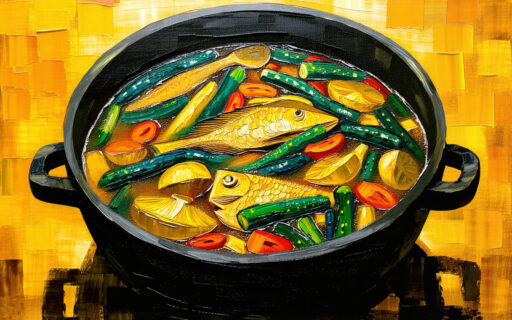- #Homestyle
-
味玉
A soft-boiled egg marinated in soy sauce and dashi. Commonly served as a ramen topping, yet also enjoyed as a savory side dish with sake, appreciated for its rich and creamy yolk.

-
あんバタートースト
A slice of toast topped with sweet red bean paste and butter, creating a Japanese-Western fusion. The saltiness of the butter harmonizes with the sweetness of the anko, a café culture favorite.

-
梅酒
Umeshu is a plum liqueur made by steeping green ume plums in shochu or other spirits with sugar. Its sweet-sour flavor is beloved, and while it can be homemade, store-bought versions are safer and consistent.

-
梅干し
Umeboshi are Japanese pickled plums, widely eaten with rice or used in onigiri. Known for their intense sourness and saltiness, they are also valued for preservation and refreshment.
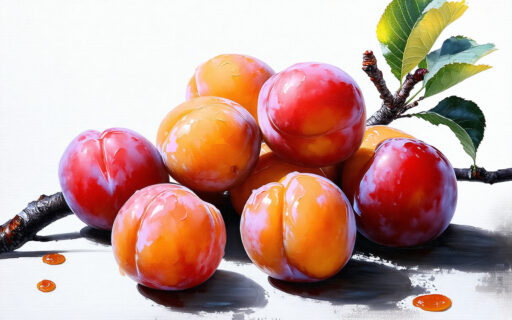
-
オムライス
A beloved Japanese Western-style dish featuring rice sautéed with ketchup and chicken, wrapped in a soft or firm omelet. Variations include fluffy runny eggs or firm layers, and sauces like demi-glace or white sauce. A nostalgic comfort food, also enjoyed with alcohol in creative styles.

-
温泉卵
Originally named after eggs cooked in hot springs, this dish is now made by gently heating eggs at a low temperature. The white is soft while the yolk is creamy, often enjoyed as a snack with sake.

-
唐揚げ
Karaage is a popular Japanese frying method where ingredients are marinated, coated with flour or starch, and deep-fried. It usually refers to chicken but can also be made with fish or vegetables.
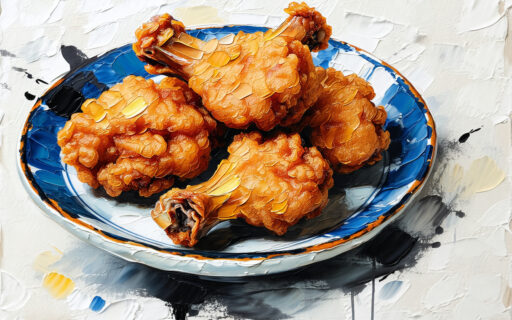
-
カレーライス
Curry rice is a dish of rice topped with curry. Loved by all ages, from sweet versions for kids to spicy varieties at specialty shops.
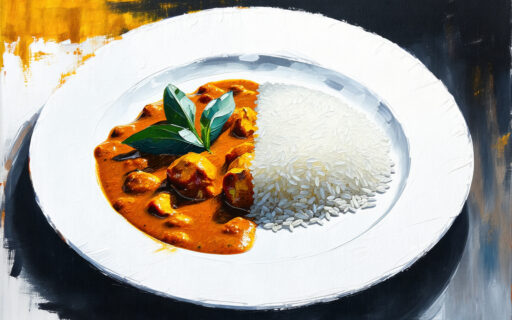
-
栗ご飯
Kurigohan is a seasonal Japanese rice dish cooked with chestnuts, offering a delicate sweetness and nutty aroma that embodies the taste of autumn.
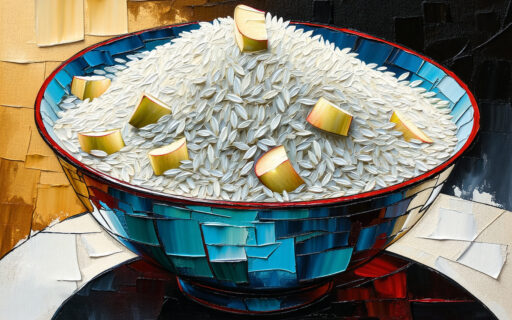
-
けんちん汁
Kenchin-jiru is a soup made by sautéing root vegetables and tofu in sesame oil before simmering them in broth. Originally a Buddhist vegetarian dish, it avoids meat and fish.
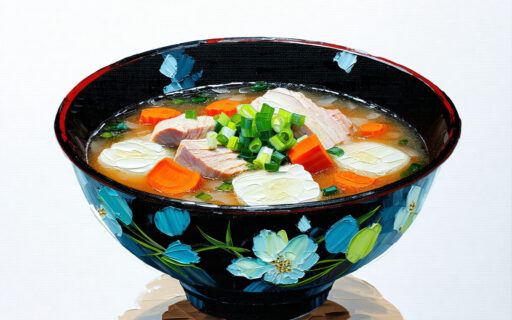
-
三平汁
Sanpei-jiru is a traditional soup from Hokkaido made with salted salmon or other fish. The broth is seasoned only with the salt from the fish, creating a simple yet rich flavor enhanced by kelp and root vegetables. A comforting winter dish.
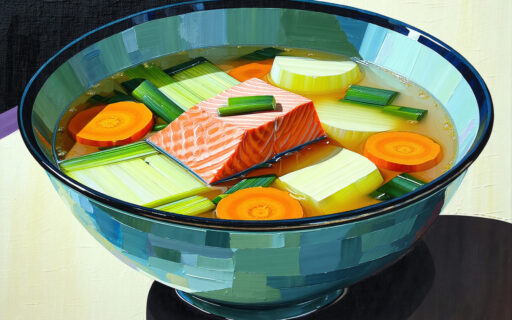
-
しじみ汁
Shijimi-jiru is a miso soup with freshwater clams, offering rich umami. It contains ornithine, known to ease hangovers. Lake Shinji in Shimane and Lake Biwa in Shiga are famous sources.
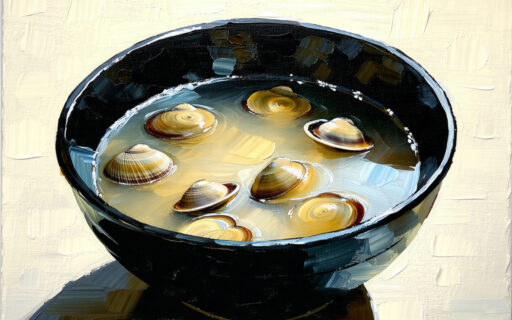
-
雑煮
Zōni is a soup with rice cake, especially eaten during New Year. It is also enjoyed as a snack with sake. Broth and ingredients vary by region, with Kansai using white miso and Kanto using clear soup.
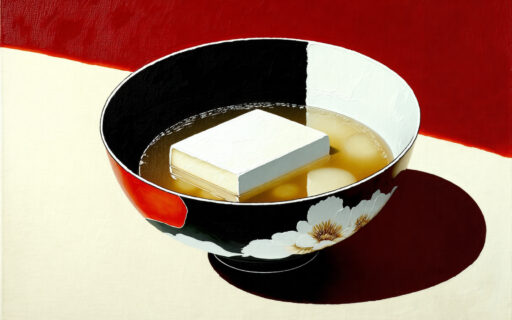
-
炊き込みご飯
A rice dish cooked with ingredients like mushrooms, chicken, and bamboo shoots, allowing the flavors to blend with the rice.
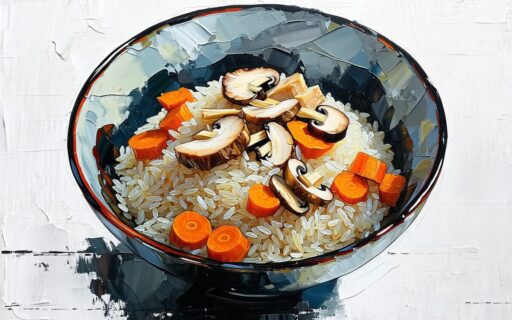
-
卵かけご飯
A simple yet rich dish of freshly cooked rice mixed with raw egg and soy sauce. Loved as a quick breakfast or a comforting end to a meal. Known as “TKG,” it showcases Japan’s food safety standards that allow raw egg consumption.
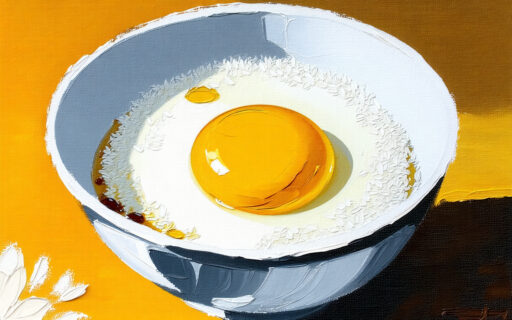
-
玉子焼き
Tamagoyaki is a traditional Japanese rolled omelette made by folding layers of seasoned egg. Known for its fluffy texture and subtly sweet flavor, it is served in various settings such as sushi restaurants, izakaya bars, bento boxes, street stalls, and even specialty shops. The flavor differs by region—sweeter in eastern Japan, and more savory and dashi-rich in the west.
-
団子
Dango is a traditional Japanese food made from rounded rice flour dough, known for its chewy texture. While “dango” can refer to any round food, it usually means rice flour dumplings, often sold skewered on sticks.
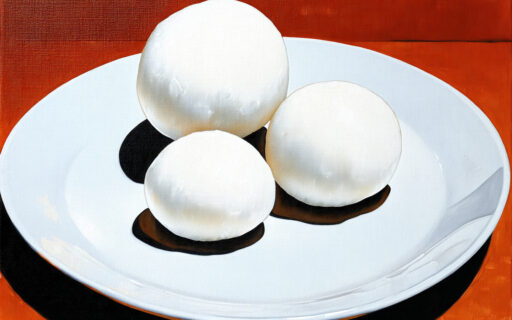
-
豚汁
Tonjiru is a hearty miso soup with pork, commonly enjoyed as a homestyle dish in Japan. Ingredients vary by region and household, including vegetables and konnyaku.
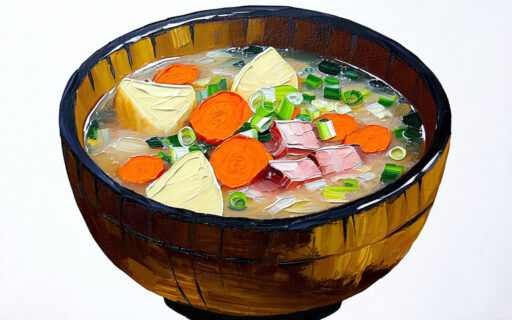
-
ナポリタン
Naporitan is a Japanese pasta dish made with ketchup, sausage, onion, and bell pepper. Though inspired by Italy’s “Spaghetti alla Napoletana,” it differs completely in preparation and flavor, symbolizing Japan’s Western-style cuisine.
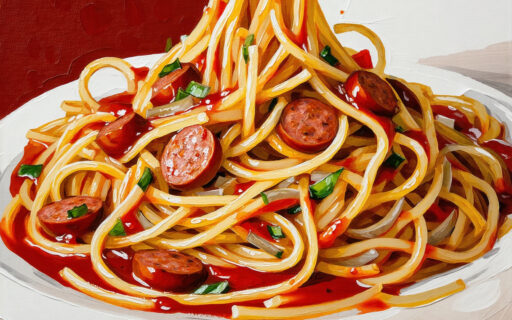
-
冷や汁
Hiyajiru is a local dish from Miyazaki, made by mixing miso with chilled broth and adding cucumber, tofu, and herbs. It is often poured over rice, refreshing in hot summer, and pairs well with drinks.
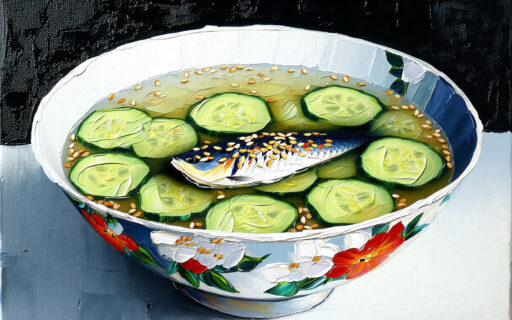
-
冷奴
Hiyayakko is a chilled tofu dish topped with condiments like green onions and ginger. Variations include meat miso. Letting it sit briefly enhances the flavor by reducing excess moisture.
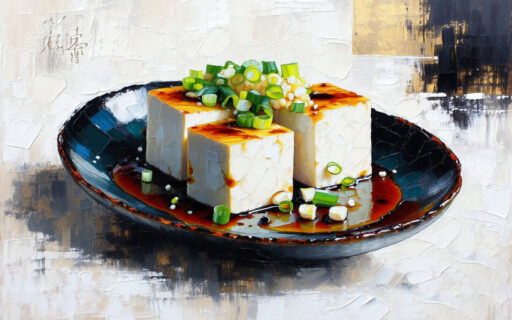
-
豚の生姜焼き
Buta no Shogayaki is a dish of thinly sliced pork sautéed in a soy sauce and ginger glaze. The sweet-salty flavor and aroma make it a classic rice companion, and it stands alongside tonkatsu as a signature Japanese pork dish.
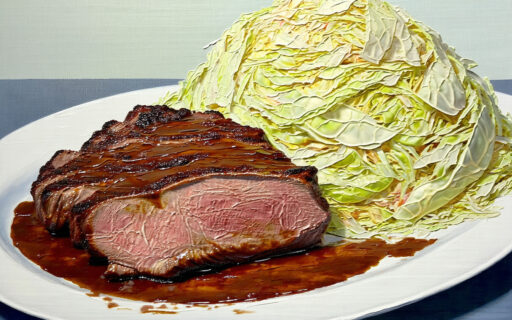
-
ぶり大根
This simmered dish steeps daikon in the rich flavors released from yellowtail trimmings. The tender, flavorful daikon often becomes the true star, and its sweet-savory taste pairs wonderfully with sake.
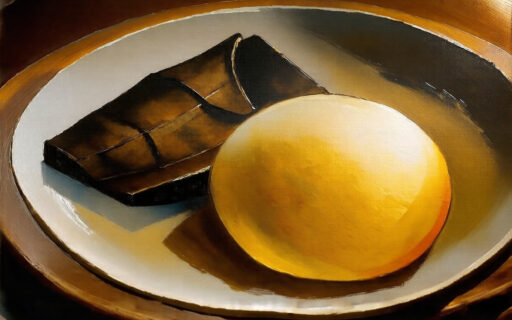
-
味噌汁
Miso soup is made by dissolving miso paste into hot broth. It includes a variety of ingredients like tofu, mushrooms, or spinach.
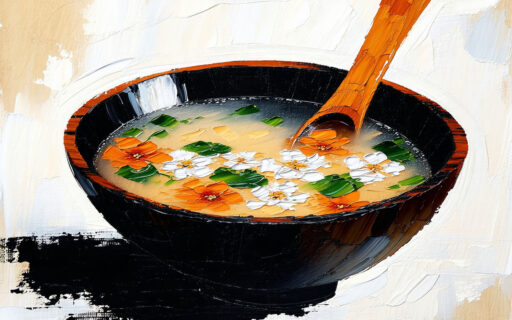
-
ミルクセーキ
A sweet drink made from milk, egg, and sugar. While usually served as a beverage in Japan, in Nagasaki it is blended with ice and eaten like a milkshake dessert with a spoon.

-
焼きそば
Yakisoba is a stir-fried noodle dish using Chinese-style noodles. In eastern Japan, it features rich sauce flavors, while in western Japan, lighter soy-based versions are common. A staple at summer festival stalls.
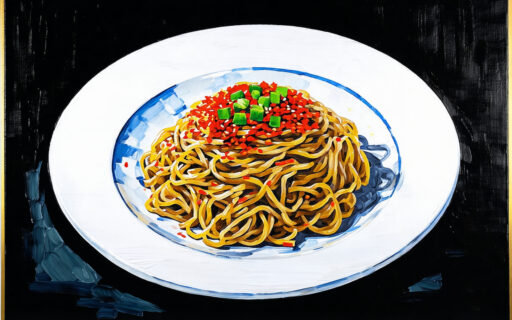
-
湯豆腐
Yudōfu is a simple hot pot made by warming water with kombu and gently simmering tofu. It is served with ponzu or soy sauce and condiments, highlighting the tofu’s delicate sweetness and warmth.
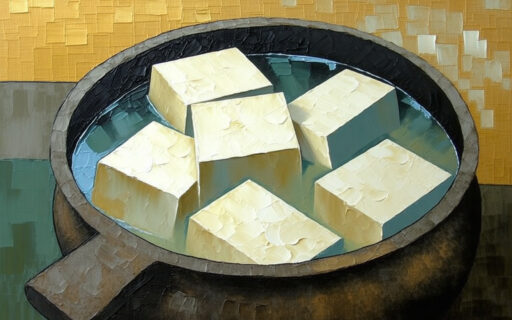
-
寄せ鍋
Yosenabe is a Japanese hot pot in which various ingredients—seafood, meat, vegetables, tofu—are “gathered together” and simmered in one pot. The broth becomes richly flavored, and ingredient combinations vary by season and household.
